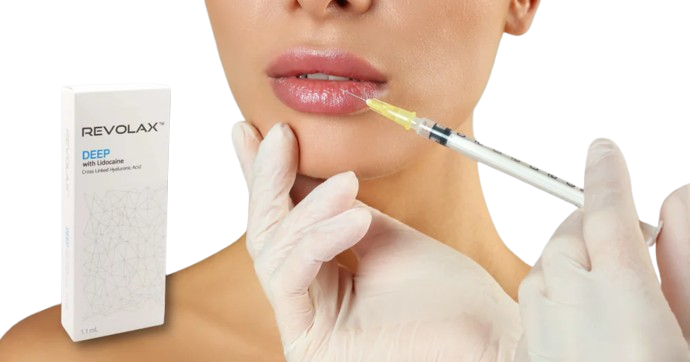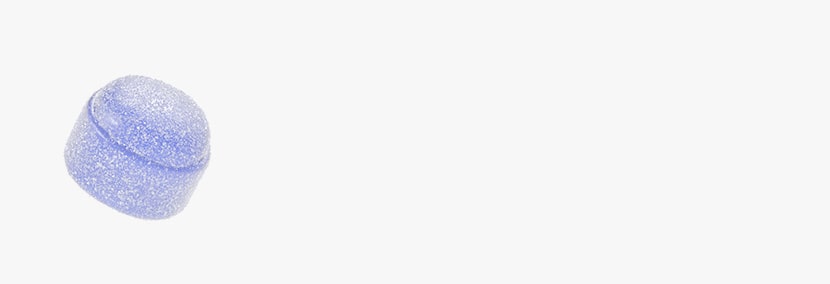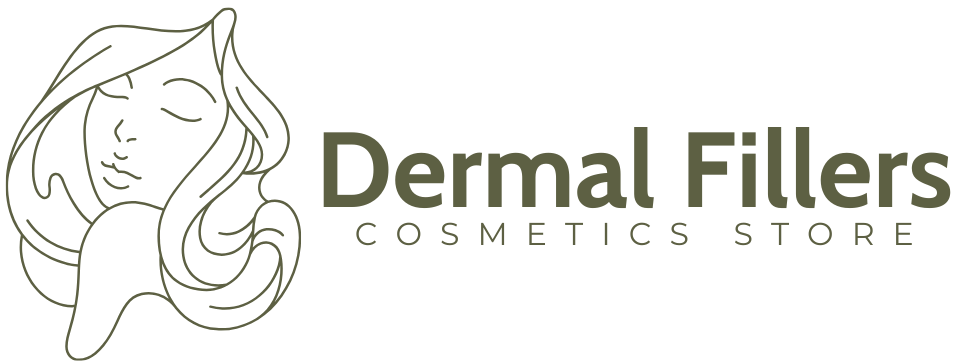Dysport
Dysport Dilution, Storage, and Administration Instruction
Sep 22, 2025
When it comes to botulinum toxin treatments, how a product is prepared matters just as much as how it’s injected. Even small differences in dilution or storage can impact the effectiveness of botulinum toxin type A — potentially influencing patient outcomes in both aesthetic and therapeutic procedures. A 2024 study highlighted this, showing that minor inconsistencies in preparation can affect how well the product works at the cellular level.
Dysport, a widely used formulation of botulinum toxin type A, requires careful reconstitution and cold storage to preserve its potency. The manufacturer provides detailed guidance on dilution ratios, handling protocols, and injection techniques to help clinicians deliver consistent, safe, and effective results.
In this article, we’ll walk through the essential steps for diluting, storing, and administering Dysport, so providers can feel confident in delivering reliable outcomes across a range of indications.
Key Takeaways
- Dysport must be reconstituted carefully using preservative-free 0.9% sodium chloride, with dilution volumes adjusted based on vial size and treatment goals (e.g., 1.5 mL for 20 U/0.1 mL in a 300-unit vial).
- Storage guidelines are strict: Keep both unopened and reconstituted vials at 2°C to 8°C, protected from light. Do not freeze. Reconstituted product must be used within 24 hours and discarded after a single patient session.
- Dysport is administered intramuscularly, not subcutaneously. Proper injection technique, site planning, and diffusion management are essential for safety and precision.
- Clinicians must verify dosing and follow indication-specific PI guidance. Units from Dysport are not interchangeable with other botulinum toxin products.
- Safety protocols include screening for contraindications, avoiding drug interactions, using aseptic technique, and observing patients post-injection for adverse effects.
About: Trusted by over 2,000+ global clients since 2014, Maylips has become a leading supplier of cosmetic, skincare, and orthopedic products for medical and aesthetic professionals. Maylips offers a wide range of authentic brand-name products at competitive wholesale prices, sourced from around the world. If you’re looking to buy Dysport online, contact our sales team for guidance.
Proper Dysport Dilution Guidelines and Reconstitution Practices
Accurate dilution and reconstitution of Dysport are critical to ensuring patient safety, consistent results, and therapeutic success. This is particularly important in sensitive situations, like using Dysport while breastfeeding, where decision-making requires added caution and collaboration between provider and patient. Due to limited human data, treatment during lactation should only proceed after a thorough risk–benefit discussion.


Dysport is supplied as a lyophilized powder and must be reconstituted using preservative-free 0.9% sodium chloride. Begin by allowing the vial’s vacuum to draw in the diluent. Do not inject forcefully and avoid shaking the vial. Instead, gently swirl until fully dissolved. The final solution should be clear, colorless, and free of particles before use.
Example dilution ratios based on vial size and treatment goals:
- 300-unit vial:
• 1.5 mL = 20 units per 0.1 mL
• 3.0 mL = 10 units per 0.1 mL - 500-unit vial:
• 2.5 mL = 20 units per 0.1 mL
• 5.0 mL = 10 units per 0.1 mL
Always label the vial with the reconstitution date and dilution volume. Tailor the dilution to match the indication-specific dosing guidelines provided in the product insert (PI), ensuring clean unit-per-volume math for accurate injections. This step is essential for maintaining precision and reducing variability in both aesthetic and therapeutic applications.
Storage Requirements for Dysport Vials and Reconstituted Product
Maintaining proper storage conditions is essential to preserve the stability and potency of Dysport. Because it’s a botulinum toxin, the product is highly sensitive to temperature, light, and microbial contamination.
For Unopened Vials
- Store at 2°C to 8°C
- Do not freeze
- Keep protected from light exposure
After Reconstitution
- Store the solution in the original vial, not a syringe
- Keep at 2°C to 8°C, protected from light
- Do not refreeze
- Use within 24 hours
- Intended for single-patient, single-session use — discard any unused product
Before administration, always inspect the solution for cloudiness or particles. If anything appears abnormal, the vial should be discarded immediately. By following these storage protocols, providers ensure the pharmacologic integrity of the treatment and help safeguard patient outcomes.
Administration Techniques: Injection Sites and Needle Selection with Dysport
Effective Dysport treatments depend on precise technique and a deep understanding of facial and muscular anatomy. Whether used for cosmetic or therapeutic purposes, every step can influence patient comfort and clinical results.


Fine-gauge needles, typically 30–32G, are recommended for facial injections to minimize discomfort, bruising, and the risk of diffusion. For larger muscles or therapeutic applications, 27–30G needles may be more appropriate.
Key Steps in the Dysport Injection Protocol
- Identify and assess the target muscles based on anatomy and desired effects
- Mark injection points for symmetry and dosage consistency
- Draw the correct dose, matching the reconstitution ratio precisely
- Inject intramuscularly at the appropriate depth for the treatment area
- Administer slowly, controlling diffusion and reducing the risk of affecting nearby muscles
Avoid using high volumes in superficial tissue planes, which can lead to unwanted spread. Following the Dysport PI guidelines for injection technique is essential to achieving reliable, symmetrical results with minimal side effects such as bruising, ptosis, or asymmetry.
Clinical Safety Considerations for Dysport Preparation and Delivery
Safety should guide every phase of Dysport use—from reconstitution to injection. Clinicians must observe strict aseptic technique to minimize contamination risk and ensure patient trust.
Additional considerations include:
- Patient history: Review for any neuromuscular disorders, hypersensitivities, or prior reactions to botulinum toxins
- Drug interactions: Use caution with patients on aminoglycosides or muscle relaxants, which may enhance neuromuscular blockade
- Unit verification: Confirm vial size, reconstitution ratio, and total units before injection
- Minimize diffusion: Use precise, low-volume injections in targeted areas
- Monitor post-injection: Observe for common short-term effects like redness or mild bruising, and educate patients on what to expect
Important note: Dysport units are not interchangeable with other botulinum toxin products. Always follow the branded dosing guidelines—do not convert units between products.
Conclusion
When reconstituted, stored, and administered correctly, Dysport is a powerful and effective treatment for both aesthetic and therapeutic goals. Success hinges on following evidence-based protocols for dilution, refrigeration, sterile technique, and precise injection.
While Dysport use during breastfeeding remains a case-by-case decision, providers should feel confident in using best practices to guide safe, consistent care. A thorough understanding of product handling not only improves clinical outcomes but also fosters trust and satisfaction between providers and patients alike.
FAQs
1. How should Dysport be reconstituted?
Use preservative-free 0.9% sodium chloride. Let the vacuum draw in the diluent, swirl gently—never shake—and verify the solution is clear before use. Follow dosing goals when determining how much saline to add.
2. What are the recommended storage conditions for Dysport?
Store unopened vials at 2°C to 8°C, away from light. After reconstitution, keep in the original vial under the same temperature and discard within 24 hours. Do not freeze at any point.
3. What needle size is recommended for Dysport injections?
For facial areas, use 30–32G fine needles. For larger muscle groups, 27–30G is preferred. Always align needle depth with anatomical targets.
4. How do I determine the correct Dysport dose?
Dosing is based on patient anatomy, treatment area, and indication. For example, glabellar lines call for 50 units across five intramuscular sites. Refer to the official prescribing information for each use case.
5. Can I reuse Dysport after reconstitution?
No. Only use Dysport for a single patient, in a single session, within 24 hours. Discard any remaining solution beyond this timeframe.
Talk with our sales representative.
Book a Meeting
References
Caliskan C, Simsek D, Leese C, et al. A sensitive cell-based assay for testing potency of botulinum neurotoxin type A. ALTEX. 2024;41(4):605-616. doi:10.14573/altex.2312071
DYSPORT (abobotulinumtoxinA). Prescribing information. Ipsen Biopharmaceuticals, Inc; 2016. https://www.accessdata.fda.gov/drugsatfda_docs/label/2016/125274s107lbl.pdf
Yetman D. Botox: How and why it’s diluted. Healthline. Published June 18, 2025. https://www.healthline.com/health/drugs/botox-dilution





